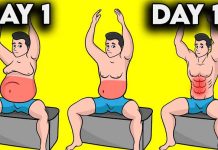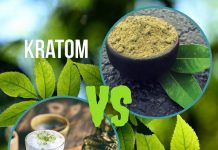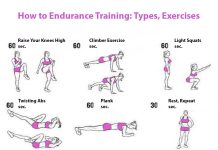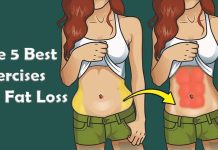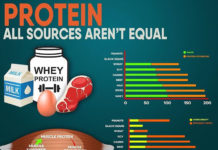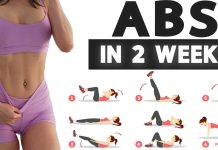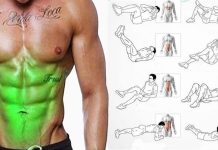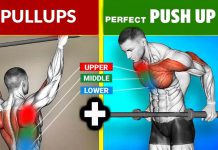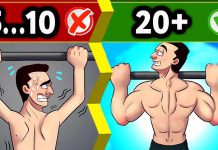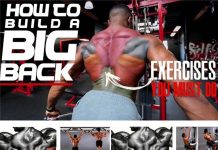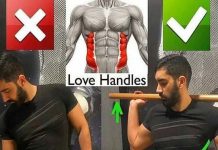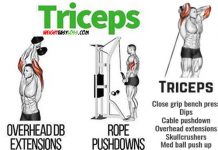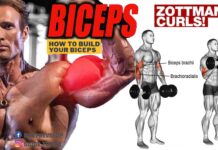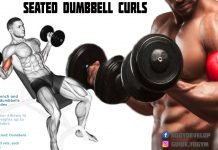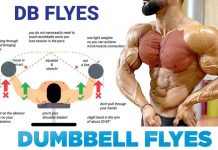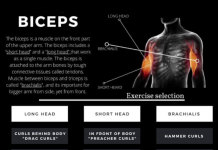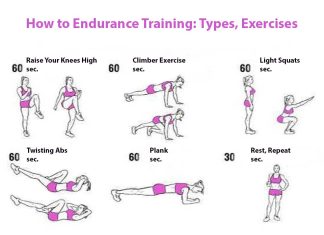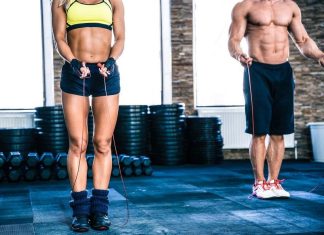🔥 HOT SIX PACK EXERCISES👇
✅ There is much more to your core than the abs. What we know as ‘the core’ is in fact a complex series of muscles that include the pelvic floor muscles, transversus abdominis, multifidus, internal and external obliques, rectus abdominis, erector spinae, the diaphragm, latissimus dorsi, gluteus maximum and trapezius.
[wp_ad_camp_2]

[wp_ad_camp_1]
🚨 These muscles are involved in almost every movement of the human body and can act as isometric or dynamic stabilizers for movement, initiate movement by themselves or transfer force from one extremity to another. Therefore, the performance of most exercises depends on strong and stable core muscles. A stronger core inevitably leads to bigger lifts, and by the way, you can have all the leg strength in the world but without a stable core you won’t be able to use it efficiently.
- 🚨 The rectus abdominis muscles, otherwise known as “the abs”, are a pair of long, flat muscles that extend vertically along the entire length of the abdomen. The function of the rectus abdominis is to move the part of your body between the ribcage and the pelvis, provide postural support and stability and protect internal organs in the abdominal and pelvic area.
[wp_ad_camp_4]
- 🚨 The obliques – the external obliques are muscles located along the sides and front of your abdomen, mostly responsible for flexion and rotation. The internal obliques are found underneath the external obliques, run in the opposite direction and perform the same activities as the external ones.
- 🚨 The transverse abdominis – this muscle is seated deep in the abdomen, underneath both the external and internal obliques, and it wraps around the spine, providing both protection and stability. The transverse abdominis is a key element of your core which essentially provides the foundation for every heavy lift.

🚨 Plank vs. Crunch: Which Is the Best Exercise for Abs and Core?
✅ Planking isn’t a dynamic exercise, per se. It works on your core stability by strengthening your core without moving to a spinal flexion or extension and that’s its entire purpose. However, planking isn’t just supporting yourself on your elbows and knees as long as possible. Planking creates tension in your core, legs and upper body and if you want to keep the tension on them you have to flex and squeeze your muscles as hard as you can while doing it.
[wp_ad_camp_3]

💥 When your core muscles are being put under pressure, you should feel your knees almost pulling towards your toes during the exercise. Planking helps strengthen your spine, which in turn will help you keep a neutral spine during your daily routine. When you do planks on a regular basis, it will bring positive effects on a number of other compound exercises such as deadlifts, benching and squats.
[wp_ad_camp_5]
✅ As opposed to that, the floor crunch and its many variations serve to get you to go into spinal extension and flexion as much as possible which will contract your abs, which in turn will break down some muscle tissue to be rebuilt later. In order for muscle tissue to break down, you have to have extension and flexion of the targeted muscle, so if you want to make a hypertrophic response in your abs, do some floor crunches.












